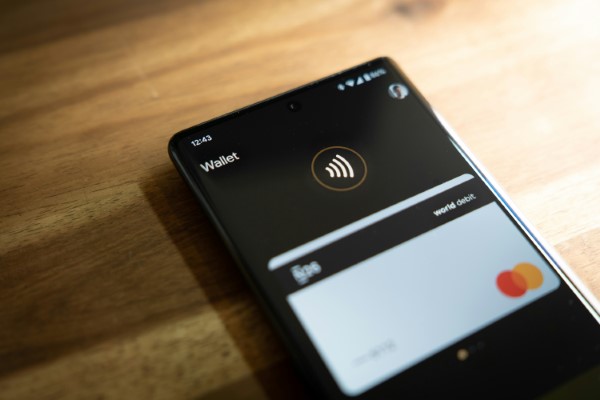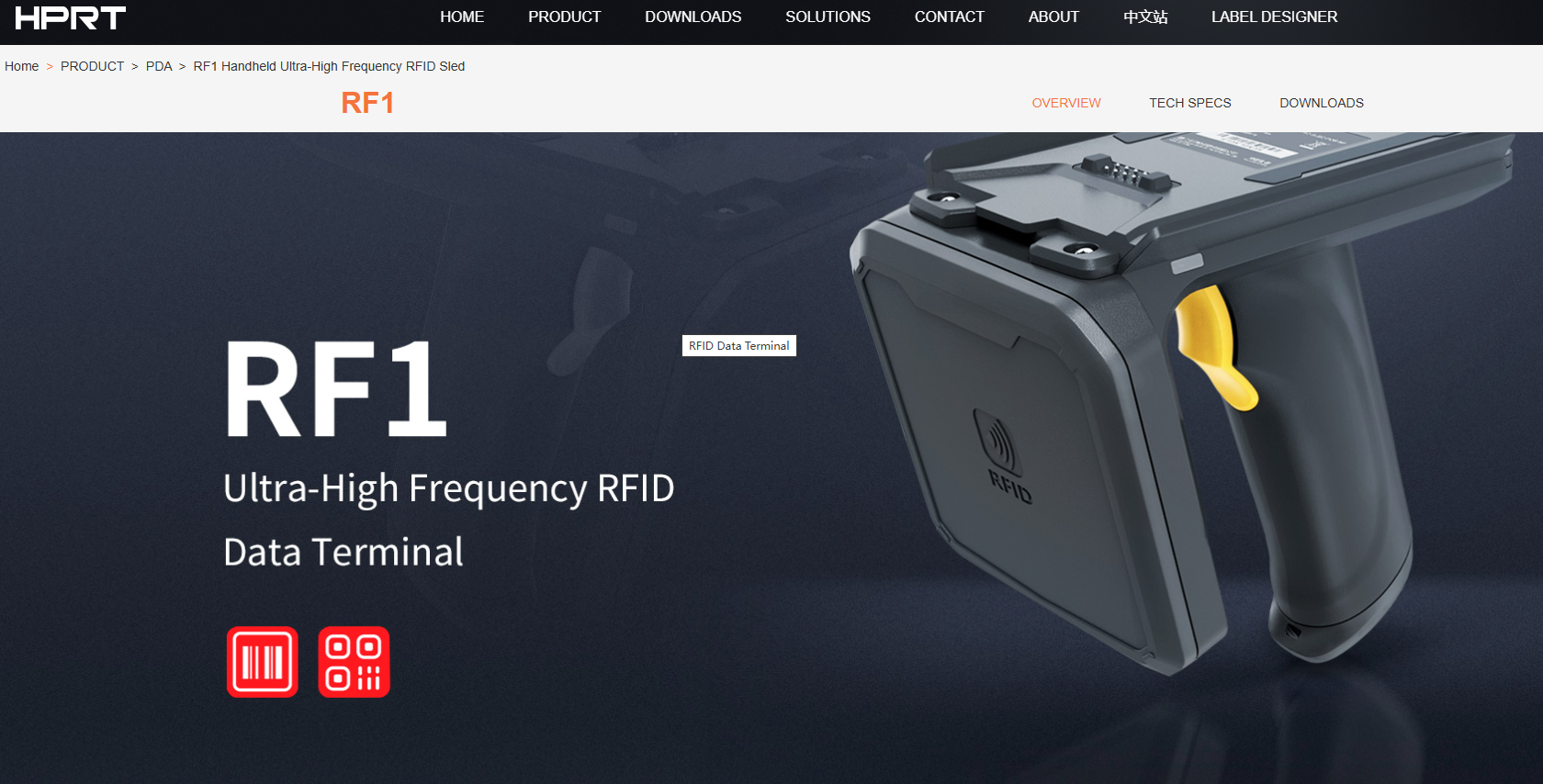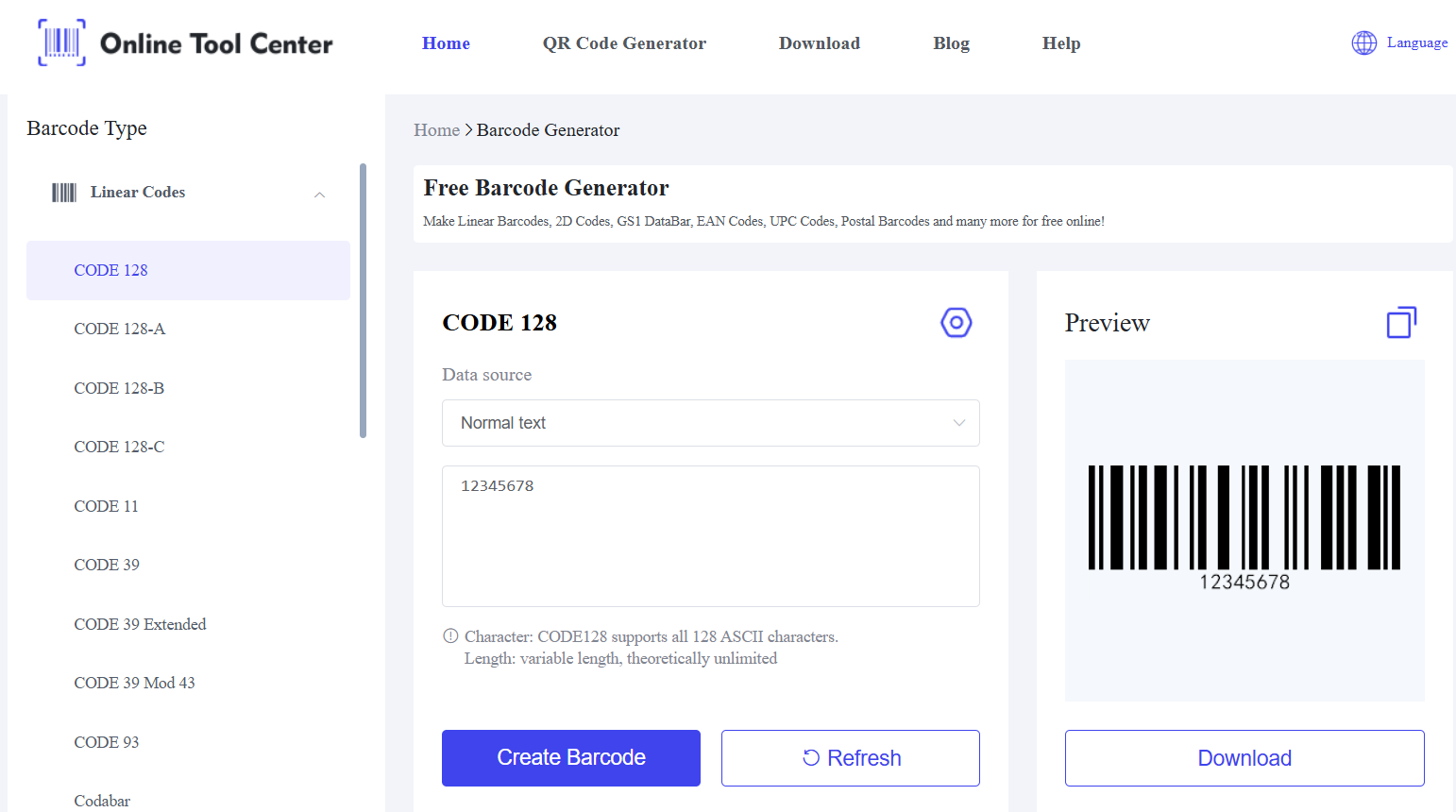Barcodes, NFC, and RFID are essential technologies driving innovation in industries from retail to logistics.
You encounter these technologies daily, whether scanning barcodes at a store, tapping your phone for a payment, or tracking products in a warehouse.
But how do these systems differ?
In this article, we break down the differences between these technologies, helping you understand their unique features, uses, and advantages.

What is a Barcode?
A barcode is a visual representation of data, typically made up of parallel lines and spaces. Barcodes are read by optical barcode scanners, and they contain information like product details or inventory data.
● 1D Barcodes: The most common type, such as UPC or EAN codes, used for simple applications like retail products.
● 2D Barcodes: QR codes or Data Matrix codes, which can store much more information and are used for things like mobile payments and ticketing.
What is RFID?
RFID (Radio Frequency Identification) is a technology that uses radio waves to automatically identify objects. A typical RFID system includes a reader and a tag, with the tag storing information that the RFID reader can access without direct contact.

● Low Frequency (LF): Short-range, used in applications like animal tracking.
● High Frequency (HF): Common in ID cards, library systems, and public transport cards. NFC is a subset of HF RFID.
● Ultra High Frequency (UHF): Long-range and fast, typically used in supply chain management and logistics.
What is NFC?
NFC (Near Field Communication) is a short-range communication technology based on RFID. It allows devices like smartphones to communicate with each other when placed very close together (usually under 10 cm).
NFC supports bidirectional communication, meaning data can be exchanged between two devices. This makes it ideal for applications like mobile payments, ticketing, and device pairing.
Key Differences Between Barcodes, NFC, and RFID
Let's compare these three technologies based on key factors:
Feature | Barcode | RFID | NFC |
Data Storage | Limited to a few digits or characters (e.g., product ID) | Stored in a chip, can hold more data | Stored in a chip, allows bidirectional data exchange |
Reading Method | Optical scanner, direct line-of-sight required | Radio waves, no line-of-sight needed | Radio waves, no line-of-sight needed |
Communication Range | Very short range (a few cm) | Varies: LF (short), HF (under 1 meter), UHF (several meters) | Very short (typically 10 cm or less) |
Cost | Low cost (both printing and scanners) | Variable cost depending on frequency and tag type | Typically higher cost but decreasing with time |
Applications | Retail, libraries, inventory tracking | Supply chain, asset tracking, access control | Mobile payments, device pairing, ticketing |
When to Use Barcodes, NFC, or RFID?
● Barcodes: Ideal for simple applications like retail, product tracking, and inventory management where short-range scanning is sufficient.
● RFID: Best for environments where automatic, contactless identification is required over longer distances, such as in logistics, asset management, and access control.
● NFC: Perfect for mobile applications like payments, identity verification, and data exchange between devices.
Need a Barcode? Try Our Free Barcode Generator
If you're looking to create barcodes or QR codes for your business, visit our free barcode generator. It's quick, easy, and free!

Barcodes, NFC, and RFID each serve different purposes, and understanding their differences will help you choose the best technology for your needs.
Whether you're managing inventory or processing mobile payments, these technologies are reshaping the way we interact with products and information.




